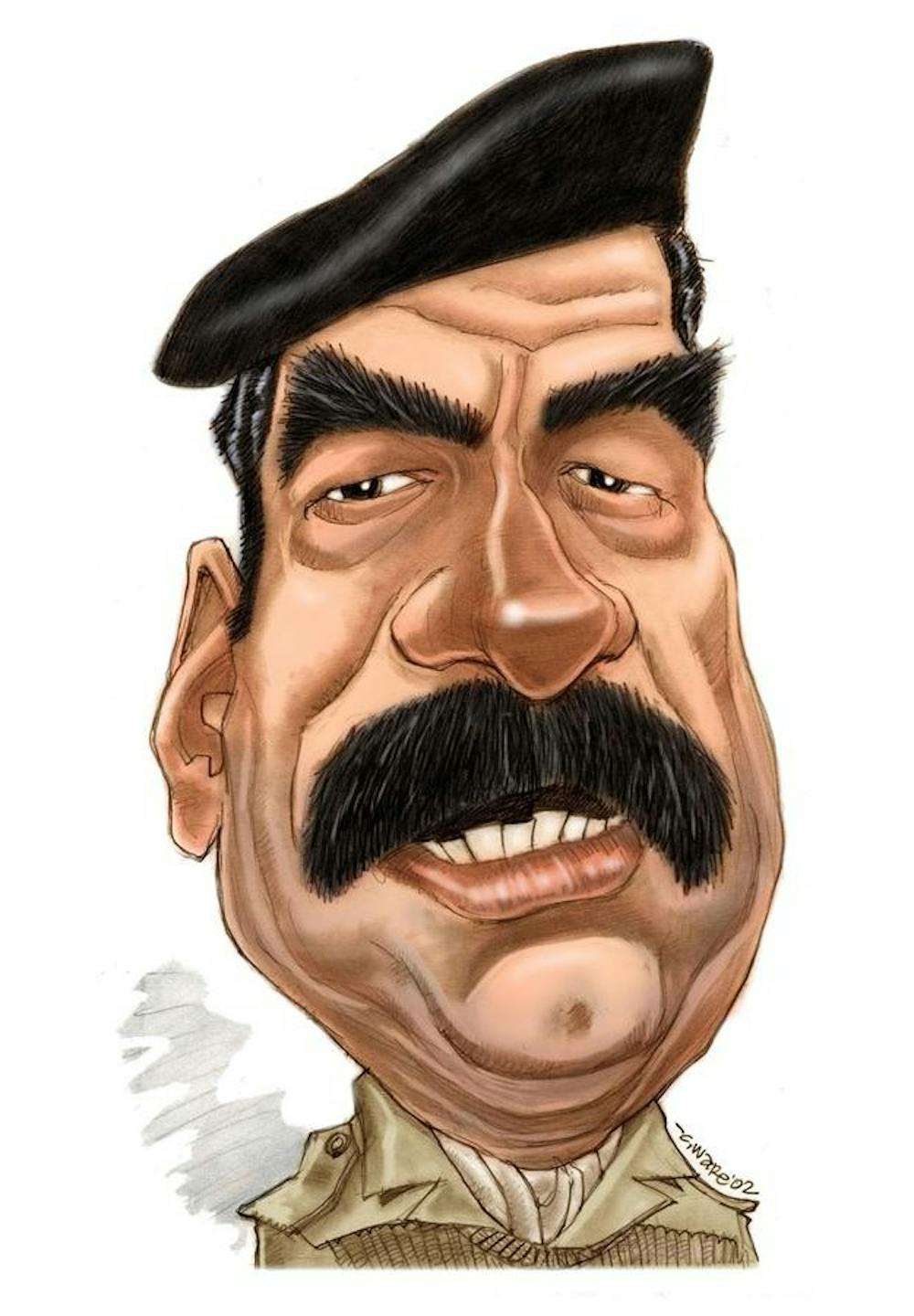At his trial for crimes against humanity in 2006, Iraqi dictator Saddam Hussein took to the stand as an elderly tyrant. He ranted about his supremacy and shouted at the judge , denying his position as an ousted leader.
When the judge called him the former president of Iraq, Hussein shouted back with fury.
“I didn’t say ‘former president,’ I said ‘president,’” Hussein shouted. “And I have rights, according to the Constitution, among them immunity from prosecution.”
Hussein was the second-most-wanted man in the War on Terror, and his capture was one of the first major successes in the war.
The fight against his regime became one of the most hotly contested issues in the post-9/11 world.
On the stand, Hussein wore a disheveled suit. His beard was lined with gray on his wrinkled, tired face. He wore thick-rimmed glasses that made him look more like an Arab Mr. Magoo than a terrifying dictator.
On his wrist were three blue dots, a tattoo he received as a child. It’s a traditional marking for children in poor, rural families, but most Iraqis had the tattoo removed before adulthood. Hussein wore the mark with pride.
Hussein was born into poverty in a small village outside of Tikrit, Iraq, to a family of tribal shepherds. He never met his father, and his step-father treated him poorly. The young Hussein was then raised by an uncle, a devout Sunni and a supporter of the pan-Arab Ba’ath Party.
As a young man, Hussein joined the Ba’ath Party and started to raise through the ranks. When the party overthrew the Iraqi government in 1963, Saddam was there to lead. He took control of the country in 1979.
In 1990, Hussein’s forces invaded Kuwait, prompting international outrage. After no response from the dictator, U.S. President George H. W. Bush sent troops into the region, starting the first Gulf War.
Hussein was forced back to Iraq, where he remained a tyrannical dictator with terse relations with the United States.
It stayed this way until 2003, when the second Bush administration invaded Iraq under the presumption that Hussein was hiding weapons of mass destruction.
In April 2003, Americans took Baghdad and the Iraqi people took to the streets, and statues of the leader toppled downed.
Hussein was found by American forces at a farmhouse near Tikrit. When American forces pulled the disheveled, filthy dictator from an eight-foot hole, he sputtered a half-confession in broken English.
“I am Saddam Hussein, president of Iraq, and I am willing to negotiate,” he said.
“President Bush sends his regards,” one soldier said to him.
— Charles Scudder
Illustration by Chris Ware | MCT Campus
Saddam
Hussein

Get stories like this in your inbox
Subscribe





